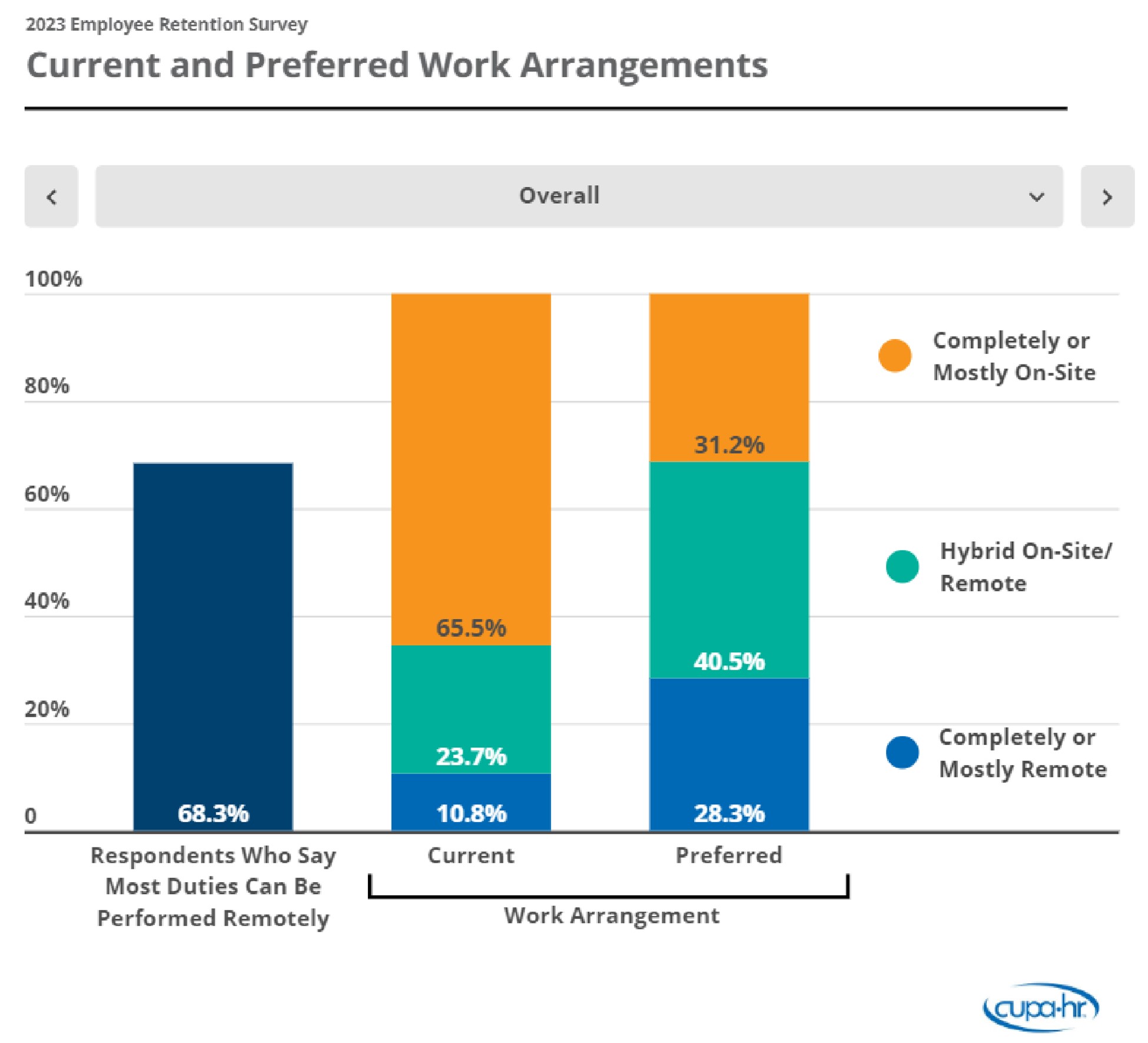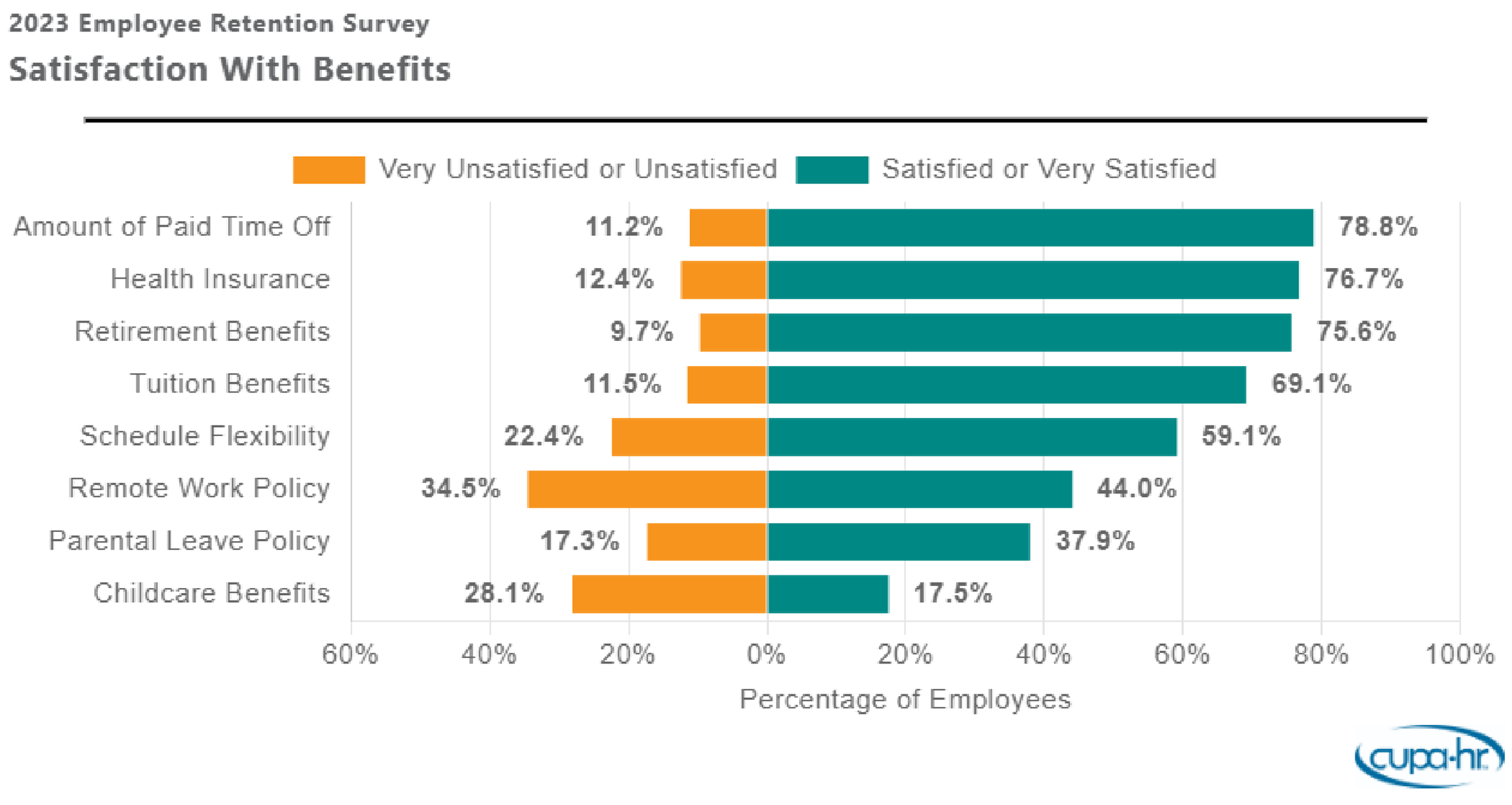Online and hybrid education have shifted from emergency responses during the COVID-19 pandemic to permanent, influential forces reshaping education from kindergarten to high school to higher education. Once seen as supplemental, these models play a central role in how students, families, and institutions approach learning, access, and opportunity.
Full online enrollment remains rare in grades K-12, with just 0.6% of U.S. public school students fully online. However, hybrid learning is widespread, with 63% of students using online tools daily (National Center for Education Statistics, 2023). Globally, nearly half of all students have engaged in online learning, fueling a K–12 online education market valued at more than 171 billion U.S. dollars (Devlin Peck, n.d.; Yellow Bus ABA, n.d.).
In higher education, the shift is even more pronounced. By 2023, over half of U.S. college students had taken at least one online course, and over one-quarter were enrolled exclusively online (National Center for Education Statistics, 2023; BestColleges, 2023). Adult learners and graduate students have been especially drawn to online programs, attracted by the flexibility and accessibility they offer (Arizton Advisory & Intelligence, 2023).
But the numbers alone do not tell the whole story. To understand the future of online and hybrid learning, we need to listen to families, not as bystanders, but as essential decision-makers, advocates, and partners in shaping students’ educational journeys.
What families and students think, and why it matters
Across education levels, families appreciate the flexibility of online and hybrid models but consistently voice concerns about academic rigor, social connection, and equitable access.
In K–12, parents generally prefer in-person schooling but want schools to improve the quality of online options (Barnum, 2020; Dong, Cao, & Li, 2020; Garbe, Ogurlu, Logan, & Cook, 2020). Adult and international students in higher education often rely on online programs to balance work and family demands. However, they face barriers such as isolation, inconsistent internet access, and limited interaction with peers and faculty (Kibelloh & Bao, 2014).
Research underscores that strong course design is essential for satisfaction and success (Babb, Stewart, & Johnson, 2010; Detyna & Koch, 2023) and that social connection is not a luxury but a critical factor in persistence and well-being (Tayebinik & Puteh, 2012). Equity gaps also loom large: students without access to reliable devices, broadband, or support networks face steeper challenges (Eduljee, Murphy, Emigh-Guy, & Croteau, 2023; Neece, McIntyre, & Fenning, 2020).
Families’ pandemic experiences reinforce these themes. Many described overwhelming stress and inequities that left them skeptical of online learning without stronger support and communication (Dong et al., 2020; Garbe et al., 2020; Neece et al., 2020).
Key findings: What families want, and what budget cuts threaten
The RNL, Ardeo, and CampusESP (2025) Prospective Family Engagement Report surveyed 9,467 families of prospective college students, offering rare insight into how families view online and hybrid education not just in theory, but as a meaningful factor in enrollment decisions.
1. Families are cautious about fully online. Only 11% said they would consider a fully online experience for their student. In contrast, about 60% were open to hybrid models, which they saw as the “best of both worlds,” combining affordability, flexibility, and connection.
2. First-generation families are more open. Nearly one in five said they would consider fully online, and 60% were open to hybrid options. These pathways can be lifelines, but cuts to advising, technology, or aid risk undermining that promise.
3. Income divides are stark. Families earning under $60,000 were twice as likely to express interest in fully online compared to higher-income families. Yet as state funding declines, public colleges may raise tuition or online fees, making even “affordable” pathways harder to access.
4. Race and ethnicity matter. Black and Hispanic families showed greater openness to online and hybrid formats than Asian or White families. That opportunity will only expand if institutions sustain culturally responsive communication, peer representation, and targeted support.
5. Generational and gender differences are shifting demand. Younger parents and female caregivers are more comfortable with online and hybrid learning. Demand will keep growing, but families may see online options as second-class without continued investments in quality and communication.
6. Region matters, too. Families in the Great Lakes and Far West regions were more receptive to online learning, while New England families leaned more traditional. These cultural and infrastructural differences should shape institutional strategies.
These findings show that online and hybrid education hold real promise, especially for families seeking flexibility, affordability, and access. But that promise rests on a fragile foundation. Budget cuts threaten the very investments that make these models credible: faculty development, instructional design, technology, and support services. Without them, families’ trust could erode.
What this means for colleges: Practical implications
The research points to clear takeaways for colleges and universities:
- Flexibility matters, but only if paired with quality. Families want flexible options backed by evidence of rigor, outcomes, and strong faculty engagement.
- Hybrid is a strength, not a compromise. Market it as a high-quality “best of both worlds,” not a fallback option.
- Equity-focused support is critical. Expand device loan programs, connectivity grants, and first-generation mentoring to close gaps.
- Culturally tailored communication builds trust. Engage families with inclusive outreach and visible peer representation.
- Generational shifts mean rising demand. Younger parents are more open to online and hybrid; invest now to meet tomorrow’s expectations.
- Regional strategy matters. Align program design and marketing with local cultures, broadband realities, and institutional density.
Ultimately, this is about listening. For some families, online pathways may be the only way higher education is possible. For others, a hybrid model that blends connection with convenience is the right fit. Institutions that understand these diverse perspectives and invest in the structures that support them will be best positioned to earn families’ trust and help students thrive.
For more insights, read the 2025 Prospective Family Engagement Report from RNL, CampusESP, and Ardeo.
References
- American Federation of Teachers. (2025). The state of higher education funding 2025. Author.
- Arizton Advisory & Intelligence. (2023). E-learning market size, share & trends analysis report. Arizton.
- Babb, S., Stewart, C., & Johnson, R. (2010). Constructing communication in blended learning environments. Journal of Online Learning and Teaching, 6(2), 365–374.
- Barnum, M. (2020, November 20). Virtual learning gets mixed marks from parents, poll finds. Chalkbeat.
- BestColleges. (2023). Online education trends report 2023. BestColleges.com.
- Conference Board. (2025). U.S. education funding outlook 2025. Conference Board.
- Detyna, M., & Koch, M. (2023). An overview of student perceptions of hybrid flexible learning at a London HEI. Journal of Interactive Media in Education, 2023(1), Article 4, 1–14.
- Devlin Peck. (n.d.). Online learning statistics.
- Dong, C., Cao, S., & Li, H. (2020). Young students’ online learning during COVID-19 pandemic: Chinese parents’ beliefs and attitudes. Children and Youth Services Review, 118, 105440.
- Eduljee, N. B., Murphy, L., Emigh-Guy, M., & Croteau, K. (2024). Student perceptions about HyFlex/Hybrid delivery of courses during the COVID-19 pandemic. College Teaching, 72(4), 346–357.
- Garbe, A., Ogurlu, U., Logan, N., & Cook, P. (2020). COVID-19 and remote learning: Experiences of parents with children during the pandemic. American Journal of Qualitative Research, 4(3), 45–65.
- Inside Higher Ed. (2025a). Survey of parent perspectives on online education. Inside Higher Ed.
- Kibelloh, M., & Bao, Y. (2014). Perceptions of international female students toward e-learning in resolving high education and family role strain. Journal of Educational Computing Research, 50(4), 467–487.
- National Center for Education Statistics. (2023). Digest of education statistics, 2021 (NCES 2023-090). U.S. Department of Education, Institute of Education Sciences.
- Neece, C., McIntyre, L. L., & Fenning, R. (2020). Examining the impact of COVID‐19 in ethnically diverse families with young children with intellectual and developmental disabilities. Journal of Intellectual Disability Research, 64(10), 739–749.
- Park, J. H. (2013). Parents’ perceptions of online degree programs: The impact on college choice. American Journal of Distance Education, 27(2), 100–109.
- RNL, Ardeo, & CampusESP. (2025). Prospective family engagement report. Ruffalo Noel Levitz.
- Tayebinik, M., & Puteh, M. (2012). Sense of community: How important is this quality in blended courses? In Proceedings of the International Conference on Education and Management Innovation (Vol. 30, pp. 606–609). IACSIT Press. Yellow Bus ABA. (n.d.). Online education market size. YellowBusABA.com.







